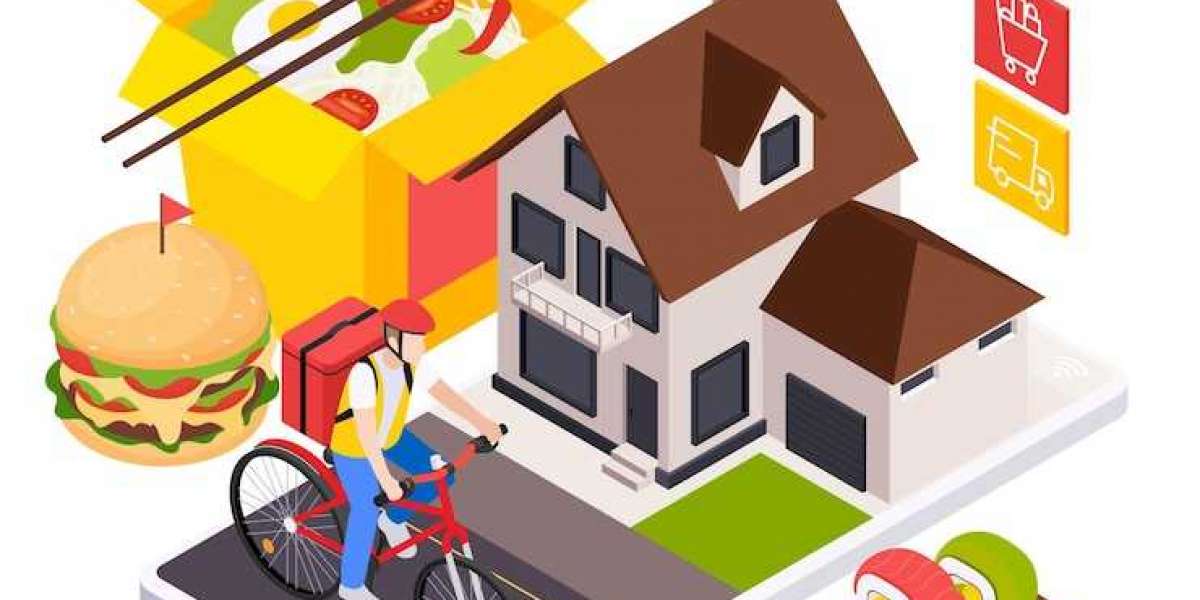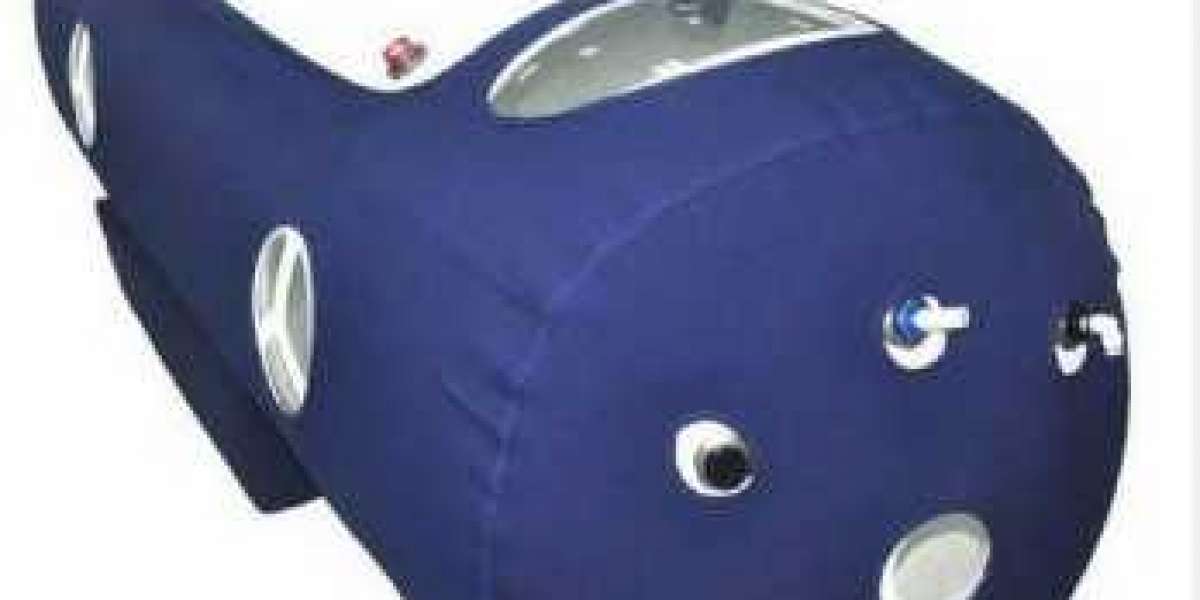In today's fast-paced world, food delivery apps have become a significant part of our daily lives. From ordering lunch at work to getting a late-night snack, these apps make it incredibly convenient to access a variety of cuisines right from the comfort of our homes. If you’re considering developing a food delivery app, choosing the right technology is crucial to your app's success. The technology stack you select will determine not only the performance of your app but also its scalability, security, and user experience.
Understanding the Basics of a Technology Stack
What Is a Technology Stack?
A technology stack is a combination of programming languages, frameworks, libraries, and tools used to develop a software application. It can be divided into two main components: the front-end (client-side) and the back-end (server-side). Each layer of the stack is responsible for different aspects of the app's functionality, and choosing the right combination is critical to building a successful food delivery app.
Importance of Choosing the Right Technology Stack
Selecting the right technology stack ensures that your app is scalable, secure, and able to provide a seamless user experience. The wrong choice, on the other hand, can lead to performance issues, security vulnerabilities, and increased development costs. Therefore, it’s essential to carefully evaluate your options before making a decision.
Front-End Technologies for Food Delivery Apps
Choosing the Right Front-End Framework
The front end is the part of your app that users interact with. It’s responsible for the design, layout, and overall user experience. The most popular front-end technologies include:
- React.js: Developed by Facebook, React.js is a powerful JavaScript library used for building user interfaces. It’s known for its efficiency and flexibility, making it a great choice for developing dynamic and responsive food delivery apps.
- Angular: Created by Google, Angular is a comprehensive framework for building front-end applications. It’s particularly well-suited for developing complex apps with a lot of user interactions.
- Vue.js: Vue.js is a progressive JavaScript framework that’s easy to integrate with other libraries and projects. It’s lightweight and flexible, making it an excellent choice for small to medium-sized food delivery apps.
Responsive Design and Mobile Optimization
With a significant portion of food delivery orders coming from mobile devices, it’s crucial to ensure that your app is optimized for both desktop and mobile platforms. Responsive design ensures that your app looks and functions well on any device, regardless of screen size. Technologies like Bootstrap and CSS media queries are commonly used to achieve responsive designs.
Importance of User Experience (UX) and User Interface (UI)
The success of your food delivery app heavily depends on the user experience. A well-designed UI should be intuitive, easy to navigate, and visually appealing. Tools like Adobe XD, Sketch, and Figma can be used to design and prototype the user interface before development.
Back-End Technologies for Food Delivery Apps
Server-Side Programming Languages
The back end is where the core functionality of your app is developed. It’s responsible for processing orders, managing user data, and communicating with the front end. Popular server-side programming languages include:
- Node.js: Node.js is a JavaScript runtime that allows you to build fast and scalable network applications. It’s particularly well-suited for real-time applications like food delivery apps, where speed and efficiency are crucial.
- Ruby on Rails: Ruby on Rails is a server-side web application framework written in Ruby. It’s known for its simplicity and ease of use, making it a popular choice for startups and small businesses.
- Python (Django): Django is a high-level Python framework that encourages rapid development and clean, pragmatic design. It’s a great option if you’re looking for a robust and secure back-end for your food delivery app.
Database Management Systems
Your app will need a database to store and manage data such as user profiles, order history, and restaurant menus. The choice of database management system (DBMS) will depend on your app’s requirements:
- Relational Databases (SQL): SQL databases like MySQL, PostgreSQL, and SQLite are widely used for their reliability and scalability. They’re ideal for apps that require complex queries and data relationships.
- NoSQL Databases: NoSQL databases like MongoDB and Cassandra are designed for flexibility and scalability. They’re often used in applications that handle large volumes of unstructured data.
APIs and Third-Party Integrations
APIs (Application Programming Interfaces) allow your app to communicate with other services and systems. For example, you might integrate with payment gateways like Stripe or PayPal, mapping services like Google Maps, and SMS services like Twilio. Choosing the right APIs and integrating them effectively is essential for providing a seamless user experience.
Cloud Services and Hosting
Cloud services provide the infrastructure needed to host your app and store data. Popular cloud service providers include:
- Amazon Web Services (AWS): AWS offers a wide range of cloud services, including computing power, storage, and databases. It’s known for its scalability and reliability.
- Google Cloud Platform (GCP): GCP provides a suite of cloud services, including machine learning, data analytics, and more. It’s a great choice if you’re looking for integrated AI and machine learning capabilities.
- Microsoft Azure: Azure is a cloud computing platform that offers a variety of services, including virtual machines, databases, and networking. It’s known for its robust security features.
Security Considerations
Ensuring Data Security and Privacy
With the increasing concern over data breaches, ensuring the security of your users’ data is paramount. Implementing encryption, secure authentication, and regular security audits are essential to protect sensitive information like payment details and personal data.
Compliance with Regulations
Depending on your target market, your app may need to comply with various data protection regulations, such as the General Data Protection Regulation (GDPR) in Europe or the California Consumer Privacy Act (CCPA) in the United States. Make sure your app is designed to meet these legal requirements.
Scalability and Performance
Preparing for Growth
As your user base grows, your app needs to be able to handle increased traffic and data without compromising performance. Choosing scalable technologies, such as microservices architecture, can help you manage growth effectively.
Monitoring and Optimization
Regular monitoring and optimization are crucial to maintaining the performance of your app. Tools like New Relic and Google Analytics can provide insights into how your app is performing and where improvements can be made.
Conclusion
Choosing the right technology for your food delivery app with an on-demand app development company is crucial for ensuring optimal performance, scalability, user experience, and security. By carefully considering front-end and back-end technologies, database management, and third-party integrations, you can build a robust and successful app that effectively meets the needs of your users.







